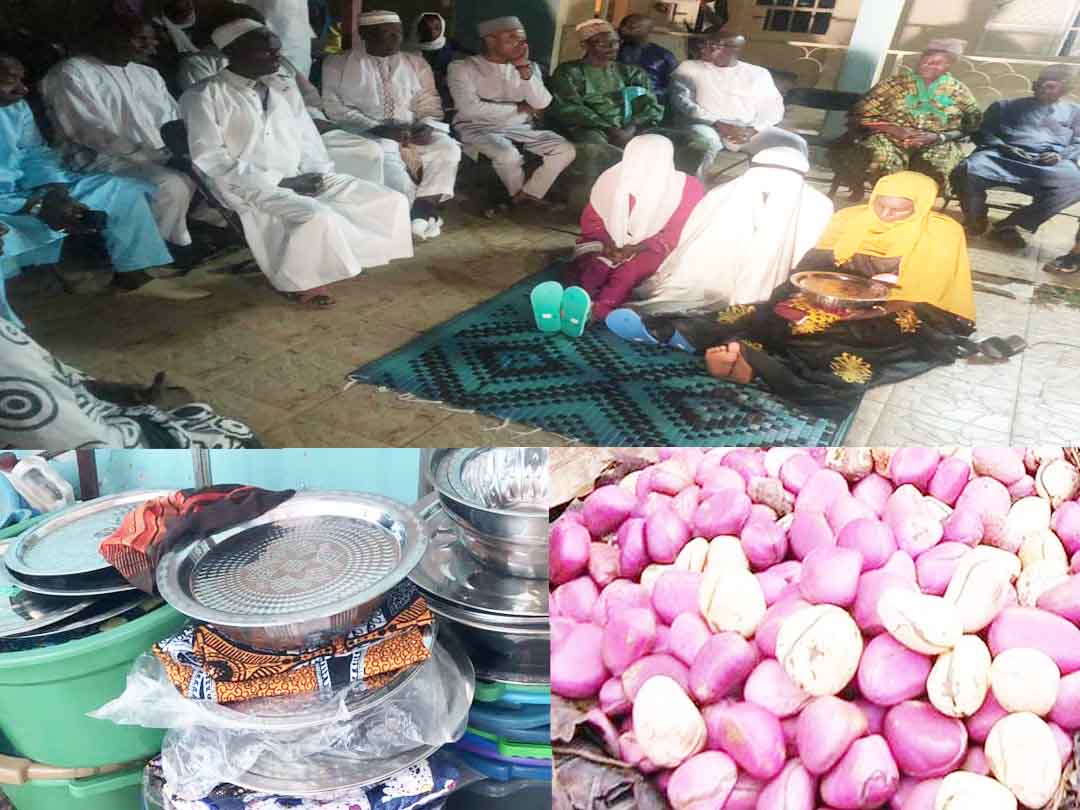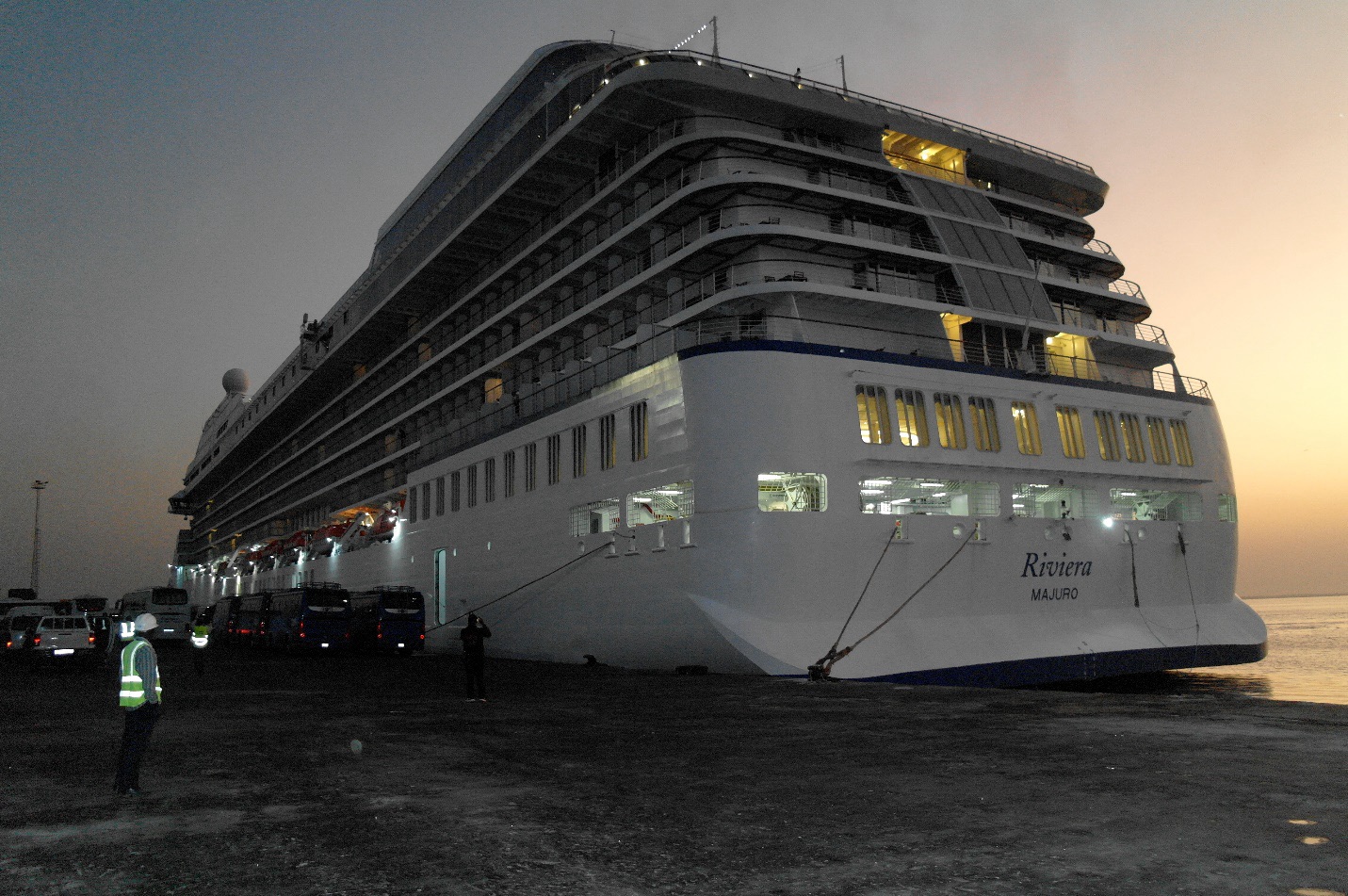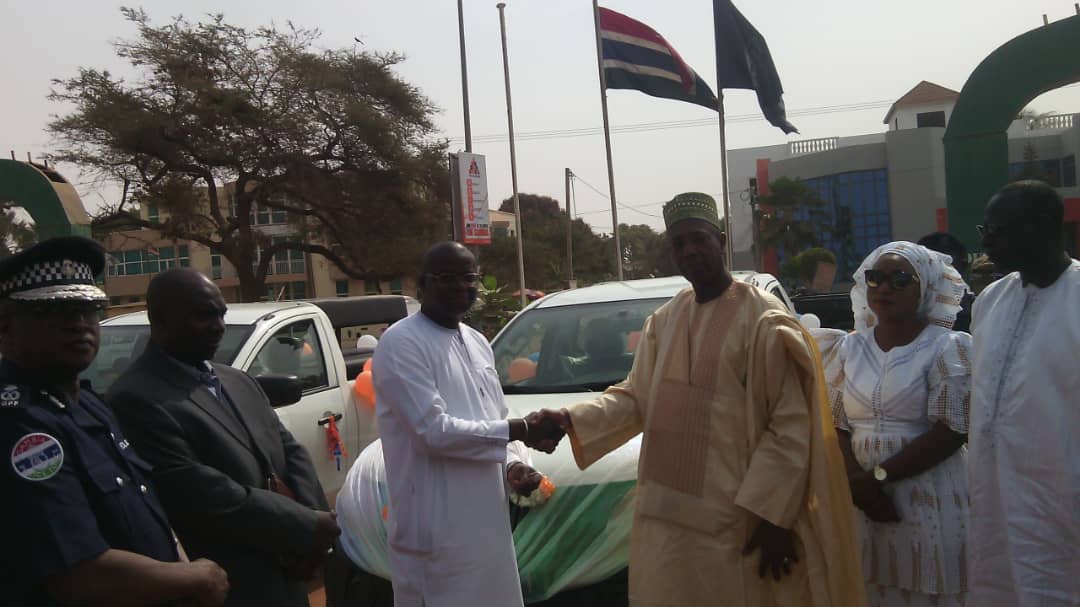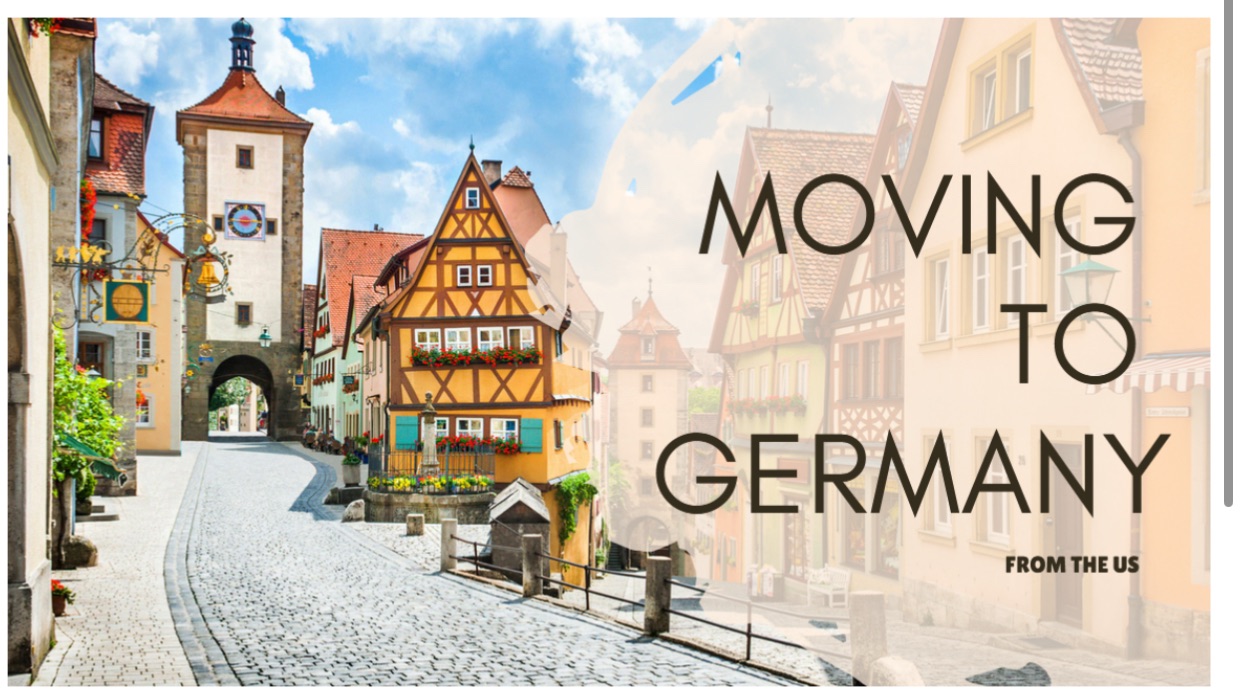By: Mamat Sallah,
Assistant Director, Museums and Monuments
Introduction
The Gambia has different traditional cultures and ethnic systems with unique traditional values. Each ethnic group has something unique and outstanding. Almost all these rich cultures share common things, but I will focus on the Wollof aspect here.
Description /Origin – The Wollof
The Wollof, are the third largest group after the Mandinka and Fula. The bulk of the population of the Wollof in The Gambia is in the Saloum district of the provinces and the capital, Banjul. The Wollof of Banjul is believed to come from the area of Dakar and the Goree in the early years of the settlement of Banjul in the mid-1800s.
The Wollof Tradition is one of the traditions of the Senegambia region. This ethnic group formed voluntary independent Political Units.
The people have a very rigid caste system of Royalty, Nobility, Freemen, and Slaves with hierarchical subdivision among each caste. They rarely married outside their caste, but each caste plays a very important role in the Wollof society. Therefore, if you say marriage in Wollof, you will be asked marriage with who?
Wollof Marriage
Marriage is one of the most important stages in the life cycle of a man and a woman. In the Gambia, Marriages are contracted in the mosque, church, and the civil court, which is a fulfillment of religion as well as social obligations.
Procedures observed on Traditional Wollof Marriage include the following, construction of the marriage bond locally called ‘taka.’ This process includes taking kola nuts to the girl’s parents, and more especially to the father’s brother and sisters; formalization of the engagement of their daughter to husband-to-be; negotiating and payment of the dowry, among others.
Another one is Courtship ‘Ngoro. All the ethnic groups in The Gambia have certain traditional procedures that they observe before marriage can take place which the Wollof is not left out.
Parents identify prospective wives for their sons. Usually, the male sends an uncle to the family of any identified lady to marry. The family has to agree or not before they can go into courtship or before they start courting. This courtship is called ‘Ngoro.’ ‘Ngoro’ in Wollof simply means engagement and the husband-to-be will begin a regular visit to the in-law accompanied by his friends. The suitor can wait for many years in this phase, each year going with gifts to the girl’s home and yet she still lives with her mother.
Wedding – jebal, muur, or cheet
Celebration, entertainment, and cultural display make the day when the bride goes to the husband. So, the activities for the ‘muur’ ceremony include the preparation of the food, and the presentation of support/gifts from family members (cooking utensils, bowls, house materials, and so on. The ‘Murr’ (formal traditional coronation) process includes the gathering of religious elders, family, friends, and neighbours for bits of advice and offers prayers; sending the Bride to Groom’s home as her new family for life; welcoming with Groom’s family
during these activities, the ‘Jam’ does the following – fetch water; take gifts to the bride’s home; fetch fire for cooking
Dress and Beautification (makeup) for the bride: Wollof brides care a lot about their appearance on the wedding day. They do ‘Jamb’ – lip tattooing; ‘Fudan’ – henna; ‘Lam’ – trinket beads
Marriage life starts (Saii) – This would be accomplished after colorful traditional wedding rituals meant to free the marriage of evil and make it fruitful and successful. The bridal party would then make its way to the groom’s compound. Traditionally, on the morning following the bride’s first night, a blood-stained cloth would be displayed to show that the bride was a virgin, which was a great source of pride that inspired praise-filled songs for the bride and her mother. Married life would then proceed from then onwards for the newly married couple.





